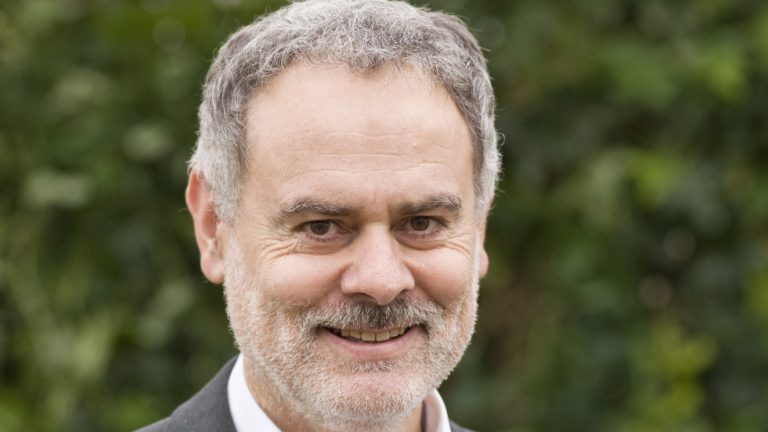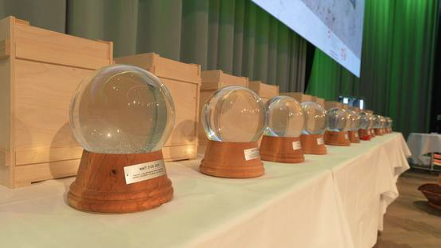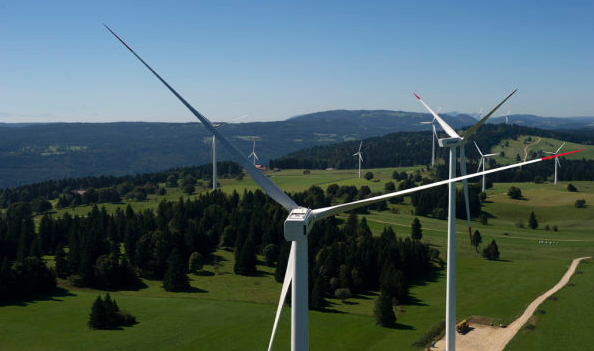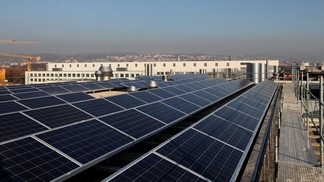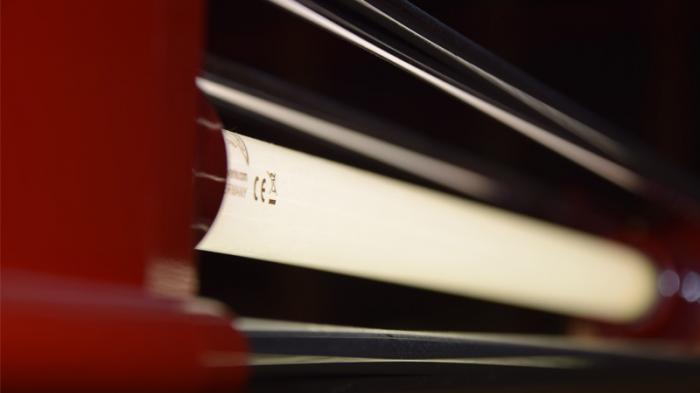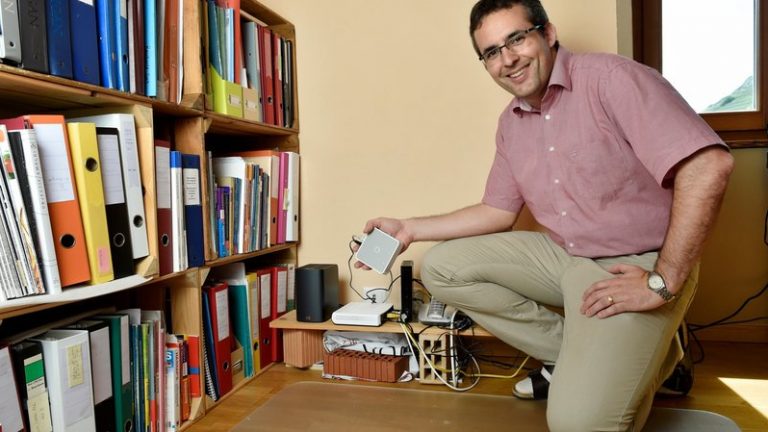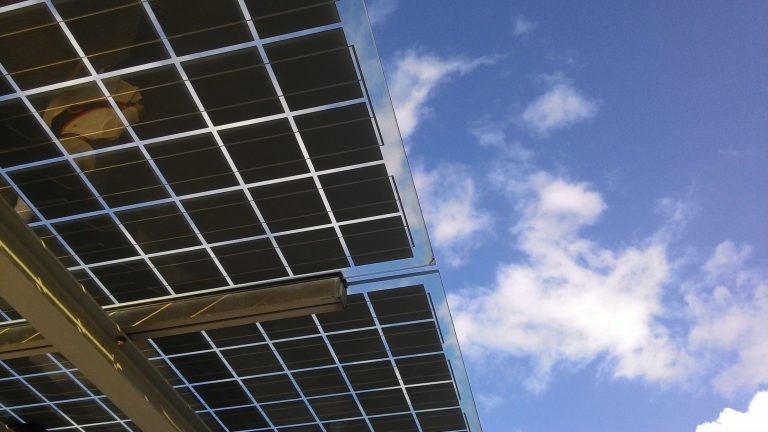National media
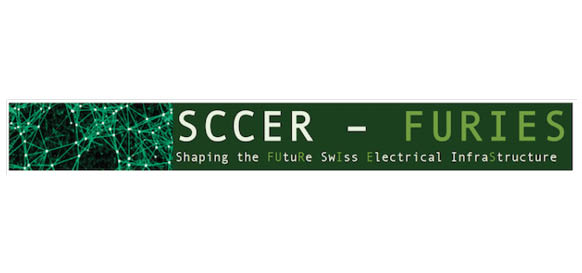
With the Energy Act endorsed by Swiss voters, Switzerland is taking the first step towards implementing the Energy Strategy 2050 that aims to promote renewable energies, improve energy efficiency and prohibit the construction of new nuclear power plants. The SCCER-FURIES is one of the key actors involved in overcoming the challenges that this energy transition will pose on the power grid.
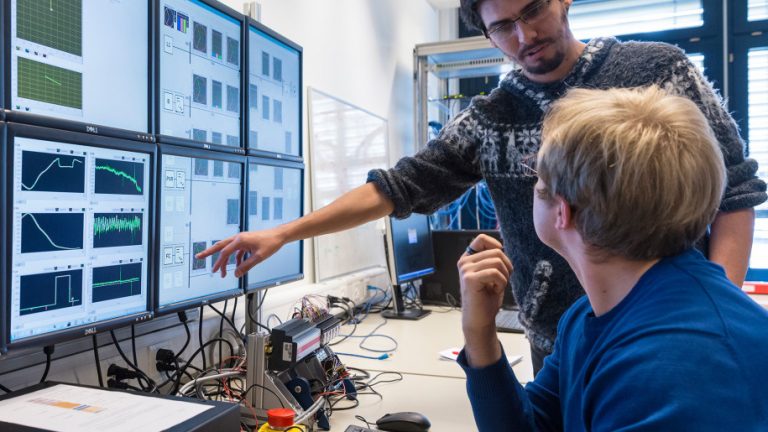


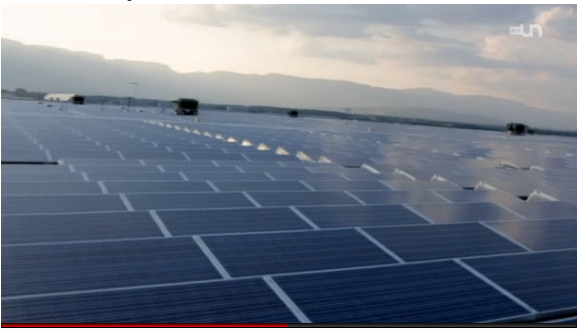
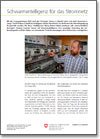

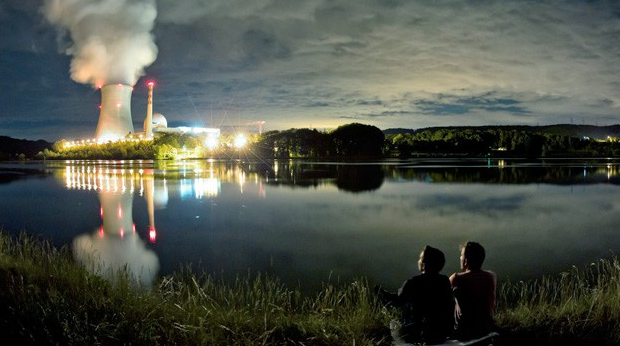

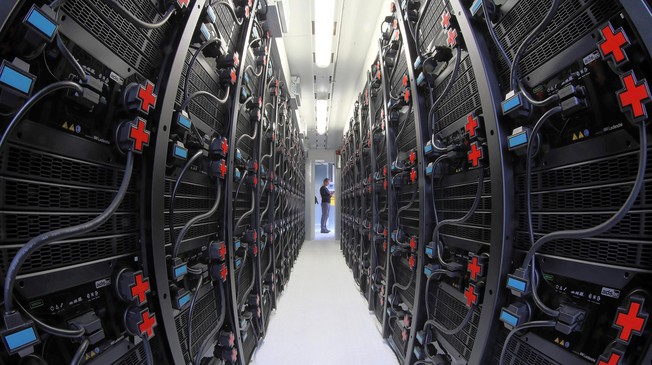
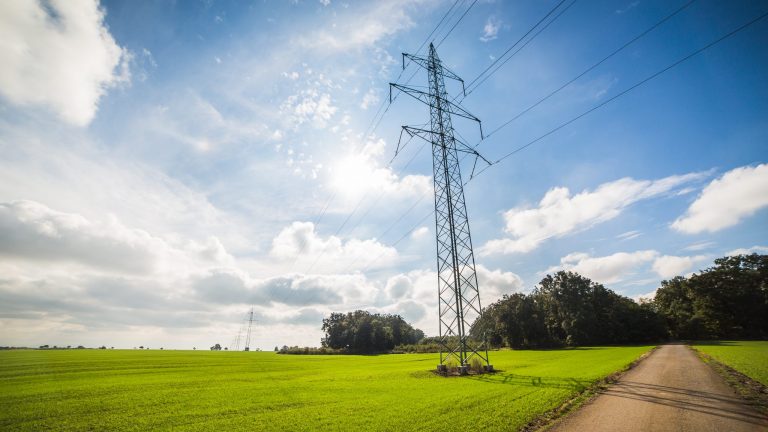
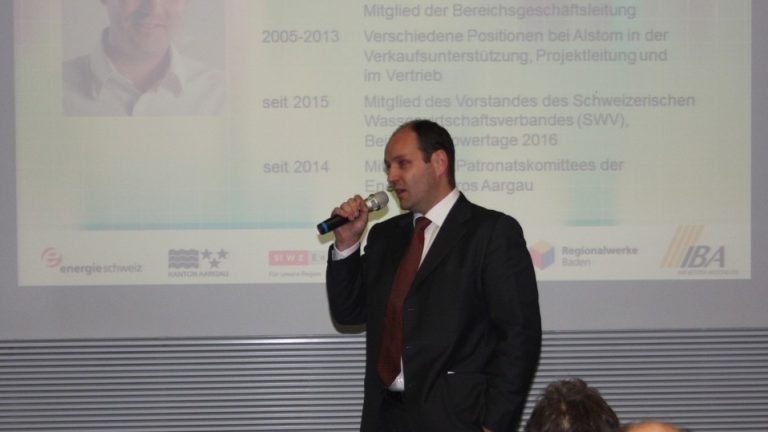
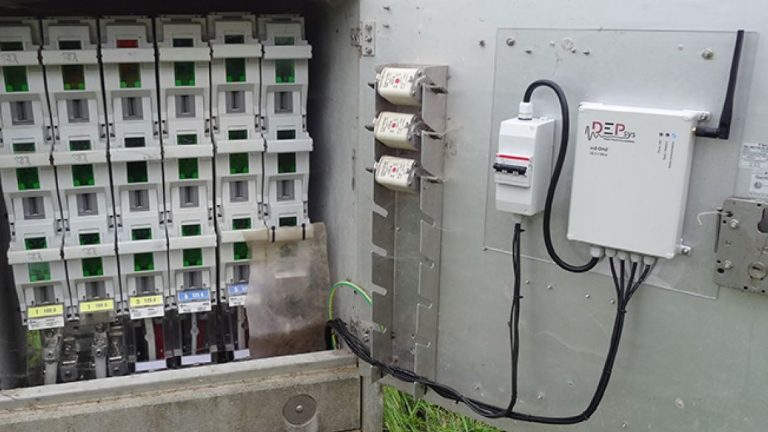
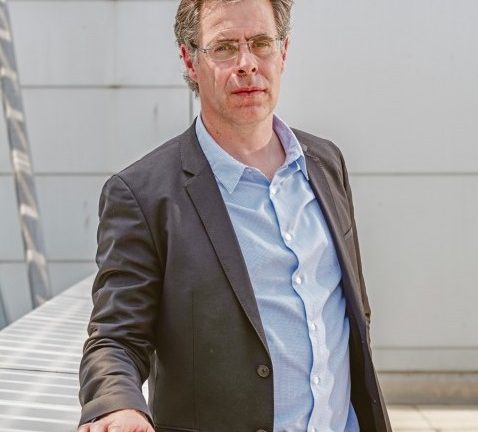
200 maisons sont concernées par ce projet, en Valais et en Norvège.
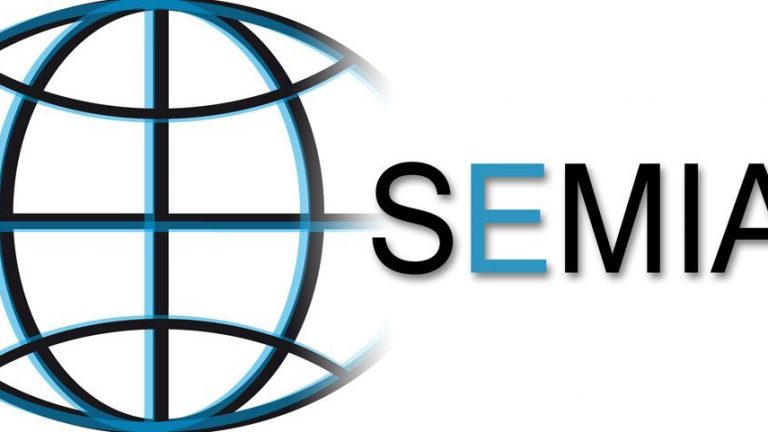
International Media
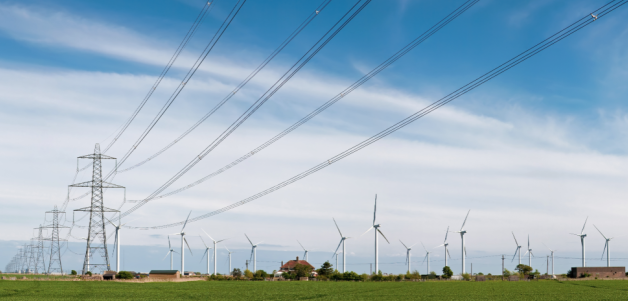

With the Energy Act endorsed by Swiss voters, Switzerland is taking the first step towards implementing the Energy Strategy 2050 that aims to promote renewable energies, improve energy efficiency and prohibit the construction of new nuclear power plants. The SCCER-FURIES is one of the key actors involved in overcoming the challenges that this energy transition will pose on the power grid.
On Sunday, 21 May 2017, 58.2% of Swiss voters approved the new Energy Act passed by the Swiss parliament. The law received strong endorsement across Switzerland and particularly from the younger generation (69% of 18-34 years old) and French-speaking citizens, especially in the canton of Vaud (73.5%).
